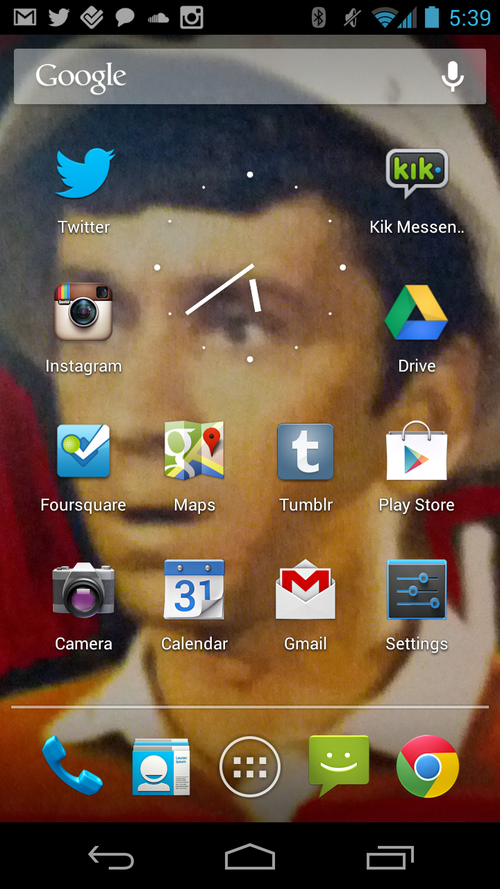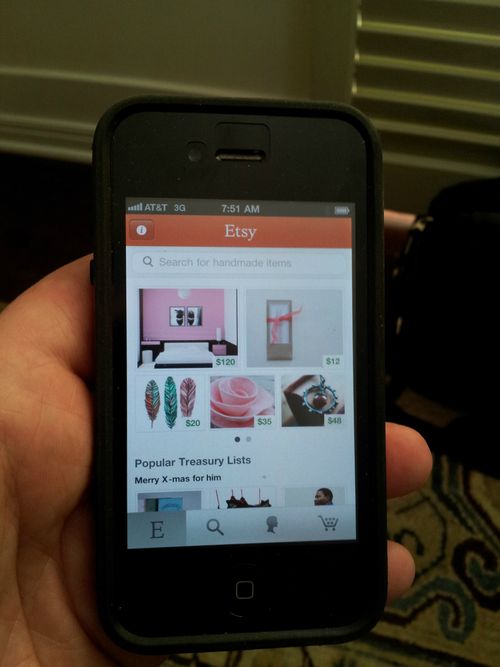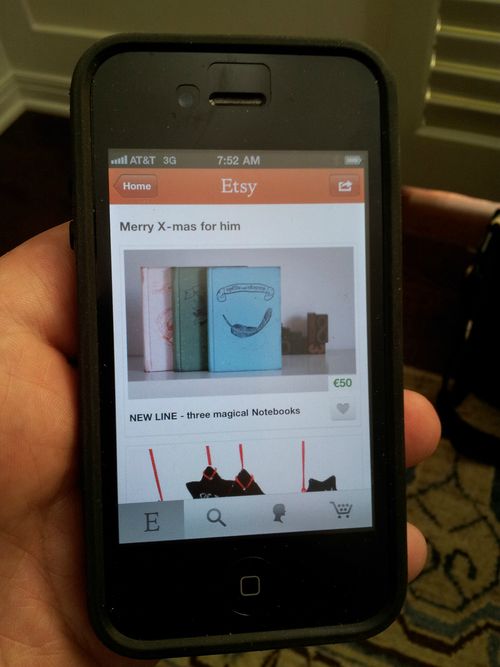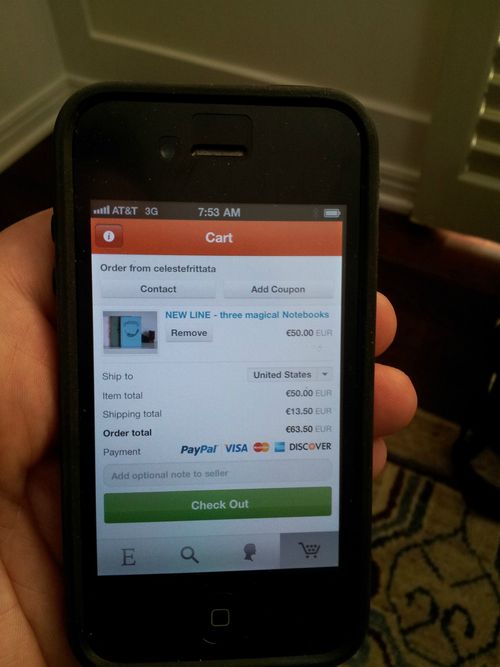For the past couple years, when I travel in europe I turn mobile data roaming off on my phone and grab wifi when I can. That's the best way to avoid ridiculous data roaming charges.
Last year, on the advice of readers of this blog, I started buying prepaid sim cards in countries where I planned on being for a few days or more. I did that in the UK last summer and it worked out well. I still have my prepaid sim card from that trip. I wonder if it still works.
When my daughter was getting ready to go to Paris for a month in mid June, I got an unlocked iPhone 4 directly from Apple (they had just started to sell it) and sent her to France with it instead of her US iPhone. I figured that our whole family could share that unlocked iPhone and use it whenever one of our iPhone users traveled outside the US.
I also DM'd a friend in Paris and asked him what prepaid plan to get. He suggested Orange's Mobicarte service. So my daughter arrived in Paris, went to an Orange store as I suggested, bought a Mobicarte sim and started using it. Within hours her phone was out of money. She emailed me and asked what was up. I suggested she go back to the Orange store and ask what was happening. Turns out she needed to get something called Internet Max on her Mobilcarte plan. Once she did that, she was in business.
Around the exact same time, my friend Brad Feld was having the exact same problem. He emailed me. I told him what I knew from my daughter's experience. But I didn't have all the details. He banged his head against the wall, broke his glasses, and finally figured it out. Thankfully, he blogged exactly how to do this so the rest of us won't have the same issues.
So I show up in Paris a few days later and confidently walk into an Orange store and buy two Mobicarte sims for the Gotham Gal and me. Armed with my daughter's experience and Brad's blog post, I figure no problem. Well not exactly. I started using mobile data on my Mobicarte sim before the Internet Max kicked in (it takes a while), and ran through all my prepaid money. I had to recharge at the local Tabac this morning and now I am set. Meanwhile the Gotham Gal's HTC G2 is apparently locked (who knew?) and we are waiting for T-Mobile to send an unlock code.
The point of all of this? It is damned hard to beat the man when it comes to mobile data in europe. I'm starting to think that turning it off and grabbing wifi here and there isn't such a bad solution. But if you want to do the local sim card thing, here are my suggestions:
1) Make sure you have a totally unlocked phone. The unlocked iPhone Apple sells online will work. So will the Nexus S. Beyond that, check before you leave home. If you need an unlock code from your carrier, plan ahead.
2) If you are coming to France, read Brad's blog post and print it out for safe measure. I used on O2 sim in the UK and it worked like a charm with no configuration needed.
3) Be prepared for stuff to go wrong. If you don't have the time and patience to deal with snafus while you are traveling, don't go down this path.
I was having lunch with a friend today who lives in Ljubiana Slovenia. We got to talking about mobile data in europe. We both felt that the EU really ought to require all the telcos operating in the region to open up to new providers so we can get a pan-european prepaid sim with a good mobile data plan. Then we'd only need to do this once and it would work everywhere in europe. And on top of that, Google should work to get Google Voice working over here as well. One can dream.
















